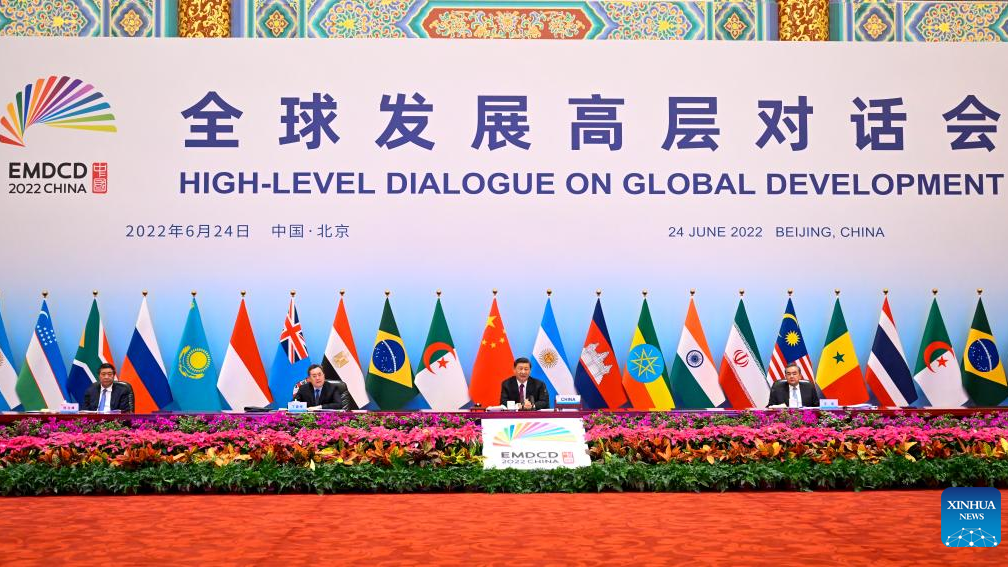Investing in research and development is a top priority for Iranian officials and government. To lead these all investments, Iranian government drafted National Master Plan for Science and Education, commonly called in 2011.
Based on Master Plan, the country has grown its higher education, including increasing number of under graduate students from around 2 million in 2006 to more than 4 million in 2018, graduate students from 340,000 to more than 859,000 and PhD Students from 19,000 to more than 193,000 in the same period. The number of university students before the Islamic Revolution was only around 170,000, which has grown by more than 2200% during 41 years after the Revolution. It is worth noting that there were only 223 universities in Iran before the Revolution, while today the number has increased to 2,540 units which shows more than 1039% growth.
At the same time, Iran’s share in scientific publications has also increased dramatically. This share was around 14% in the Middle East in 2005 while it has been doubled and reached to 30.8% nowadays and ranked Iran as the first top country in the region. Iran’s share in the world has also tripled and increased from 0.4% in 2005 to 1.85% in 2017, so the country is the 16th in the world regarding publication of scientific articles. In the year of the victory of the Islamic Revolution in 1979, only 450 scientific articles were published.
Iran is commercializing knowledge and science to create sustainable national wealth. In this regard, Iran has invested strongly on Knowledge Based Firms (KBF). Before the Islamic Revolution there was no KBF in Iran. In 2014, there were only 52 KBF in Iran, but in 2019, there were 4,068 active KBF in Iran, which shows an 7723% growth during only 5 years. Iranian KBF account for around 136,000 jobs and $9.5 billion in revenue. KBF are mainly rooted in Iran’s Science & Technology Parks and incubators. The first S&T park started in 2002, and now there are 43 S&T parks and 192 incubator in Iran. KBF do export much of their products and technologies to other countries. Iran’s Technology Based export has increased from $1.5 billion in 2004 to $12.1 billion in recent years.
To help KBF, Iran’s government has invested heavily on research facilities like laboratories and research institutes. Scientific laboratories have been increased dramatically in number over the past few years from 3,500 in 2013 to 12.594 in 2018. In Iran there are also 686 research institutes which help KBF to commercialize their products and technologies. To manage all these laboratories and centers, The Iran High-Tech Laboratory Network (calls LabsNet) was established in 2014. Currently, LabsNet serves more than 461 public and private laboratories all over the country, mainly focused on Nano, Aerospace and robots.
Nanotechnology is the top priority in high-tech for Iran to boost its economy. The country is looking to export nanotechnology products worth $1 billion by 2022. In 2019, it was reported that over fifty countries import nanotech products from Iran. According to Web of Science, Iran ranks fourth in nanotechnology in the world and first in the Middle East region by publishing 8,791 articles in the field.
Aerospace technology is the other top priority for Iran. In this regard, Iran plans to develop its presence in space. Recently, Iran broke the monopoly of nine states over know-how to launch satellites. In this case, afar Research Satellite has been developed by Iranian specialists and elites and has been delivered to the Iran’s Space Organization for putting into orbit. The satellite has been designed for imaging, sending and saving messages.
Robotics is the third technological area Iran has focused on. The fourth version of Surena, Iranian humanoid robot, was unveiled during a ceremony in late 2019. The robot has taken four years to be developed. It stands 170 cm tall, weighs 70 kg, and is able to walk at the speed of 0.7 km/hr.
Regarding to all these efforts, Iran hopes to stand first in the region in terms of science and technology by 2025, despite all US unilateral sanctions and Trump administration maximum pressure campaign.






























